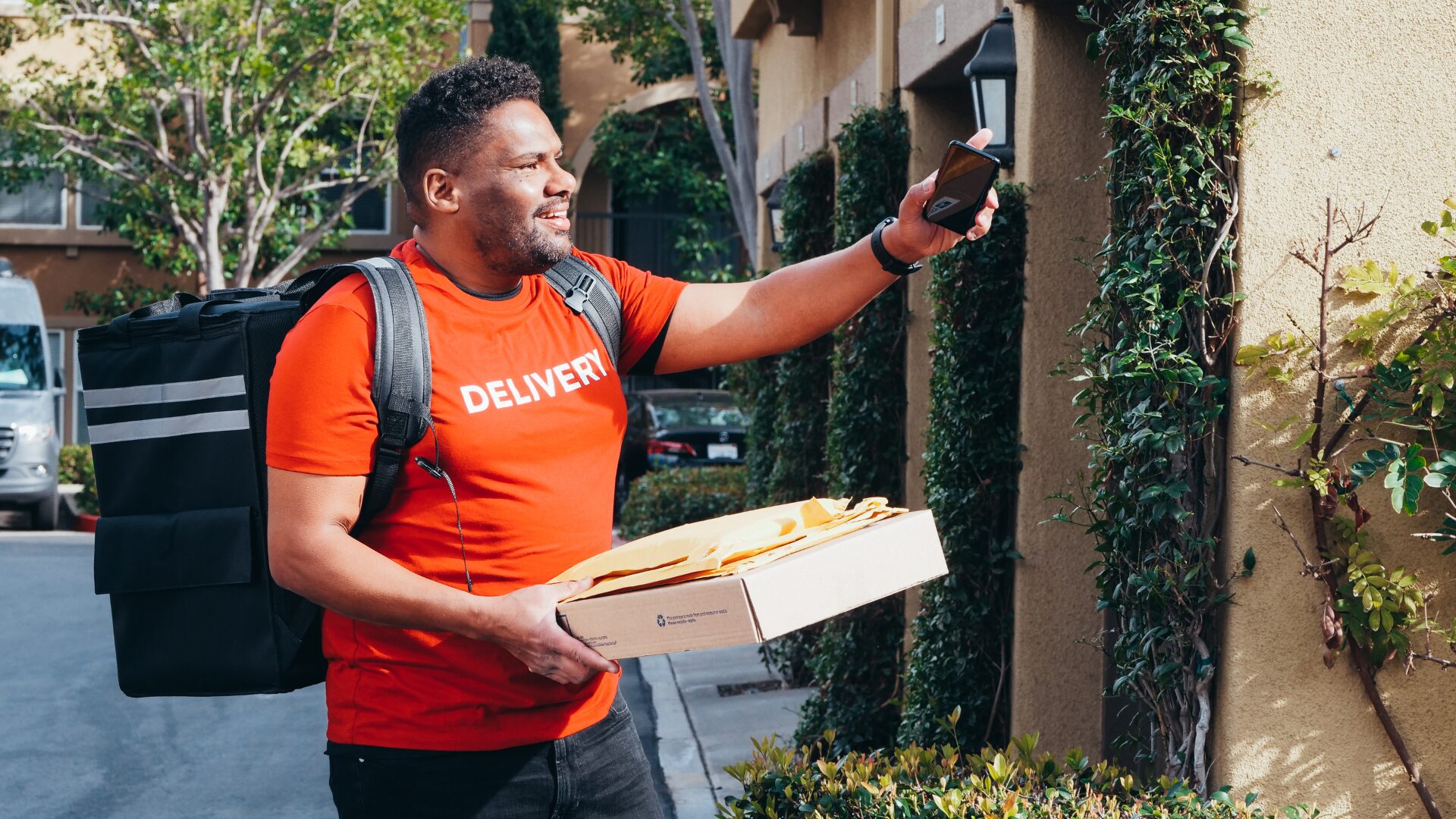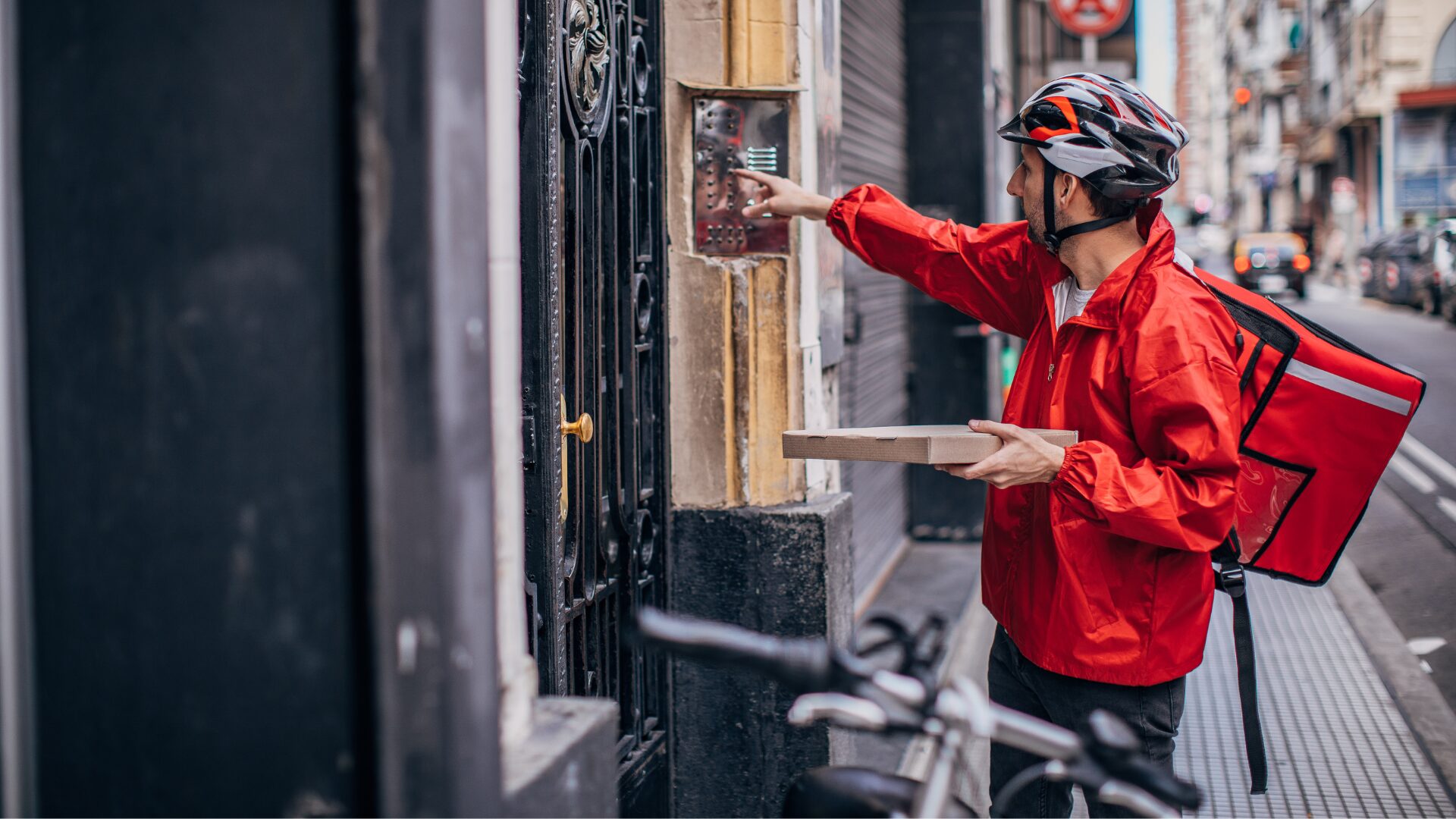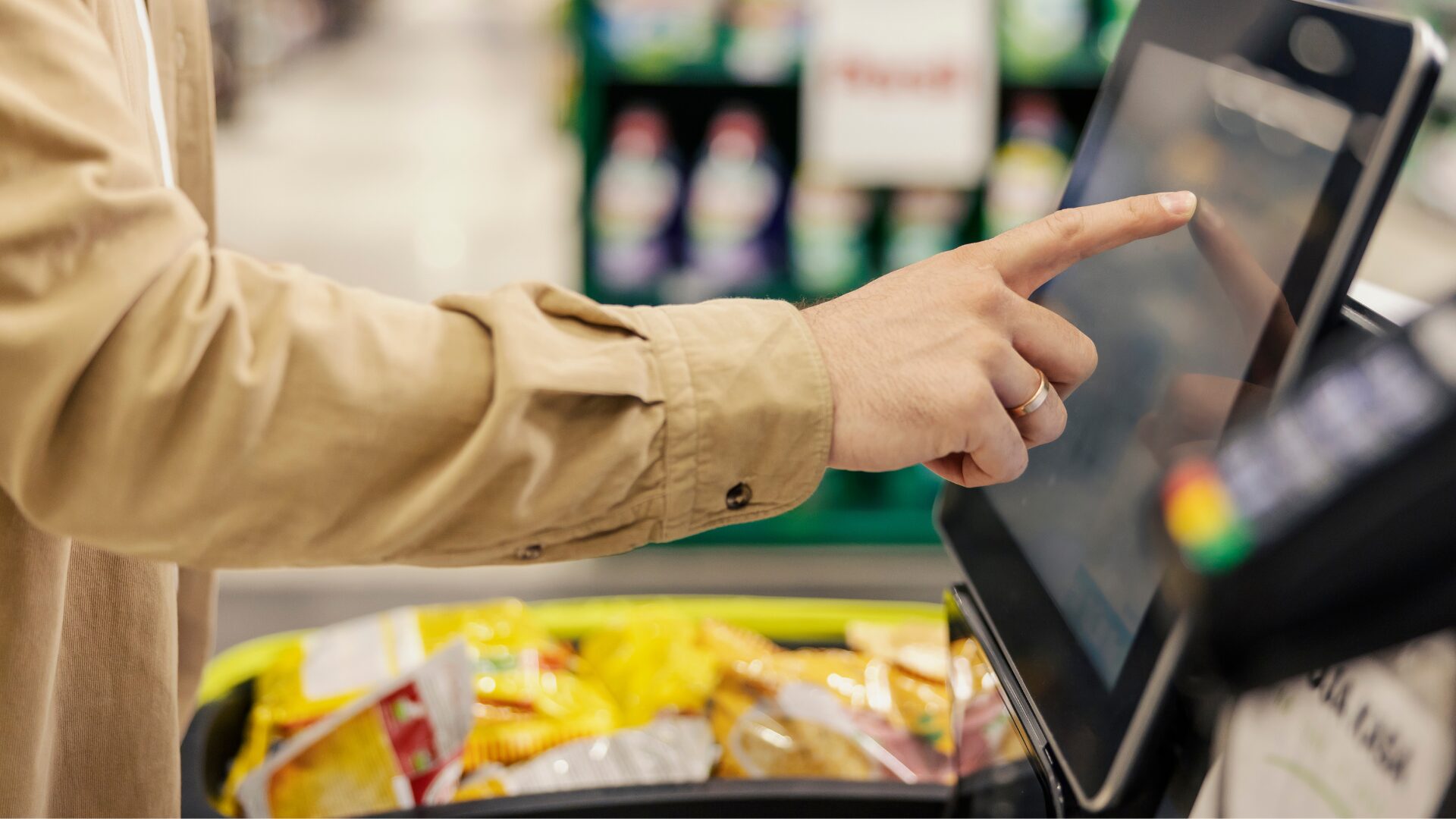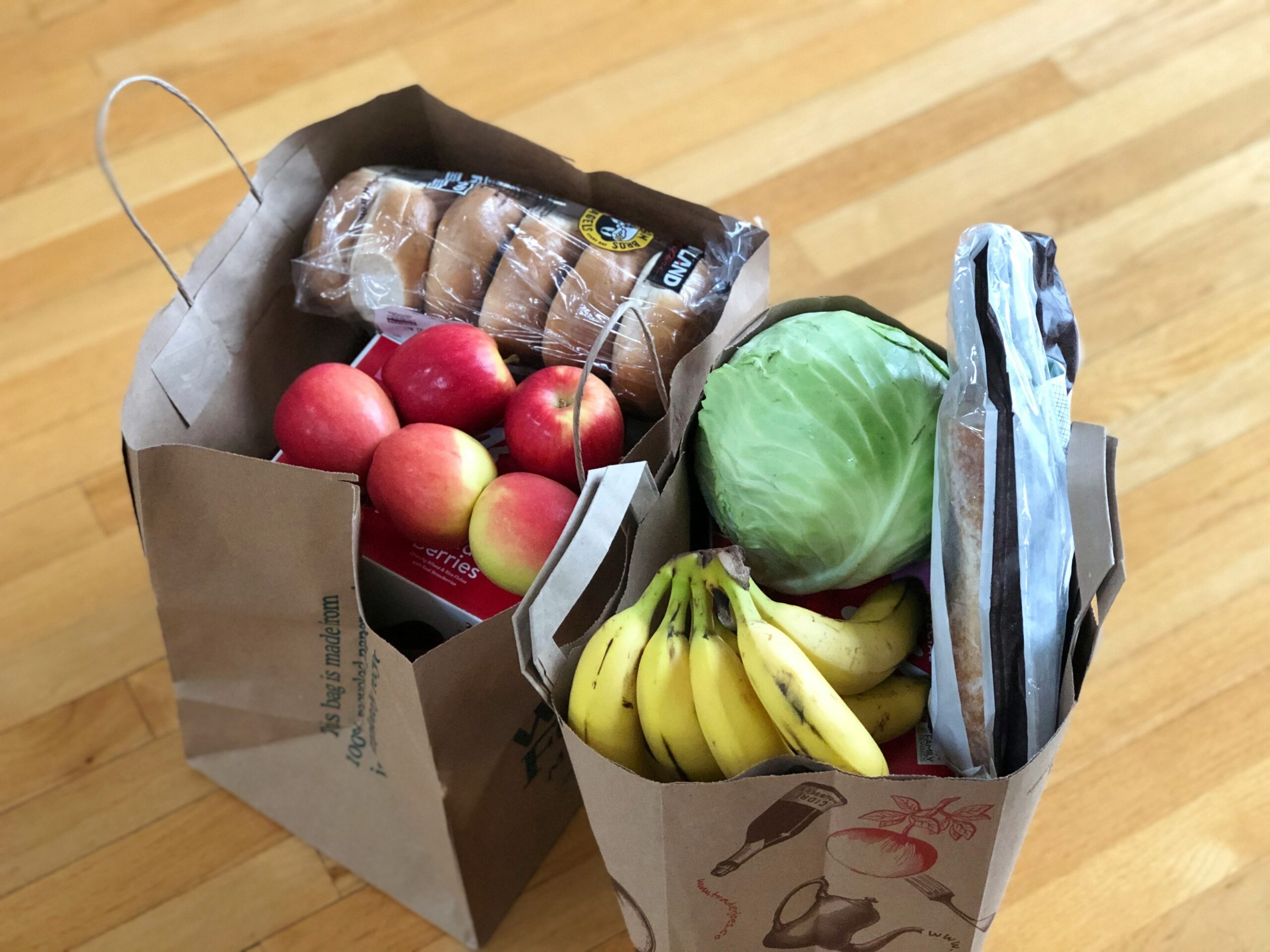Instacart has launched several new features, including shoppable carts curated by celebrities, in an effort to broaden the appeal of the grocery delivery platform.
Could these new features signal a transitional period for the grocery delivery sector at large?
Anyone with the desire to grocery shop exactly like Grammy-award winning singer Lizzo now has the opportunity to do so, thanks to Instacart’s latest platform update. In a blog post, the company announced that the feature “ushers in a new era of shopping inspiration,” one in which “everyday moments and scenarios can turn into worlds of possibilities.”
EXTENDING ITS REACH
Virtual shopping carts stocked with products selected by retailers, celebrities and content creators brings the aspirational element of social media into the grocery retail space, reducing the friction between influencers, their audience, and a purchase.
“These latest integrations from Instacart are another example of how the third-party delivery services provider is strategically extending its technology platform across multiple channels with the deliberate intention to further capture customers from brick-and-mortar retailers,” Sean Turner, CTO and co-founder at Swiftly, a retail media platform, told The Food Institute.
In a Fast Company interview, Instacart’s CEO Fidji Simo explained that shoppable carts are designed to evolve the customer experience, shifting it “from transactional and utilitarian to inspirational.”
PARTNERING WITH CREATORS
The carts are just one of several new platform features intended to help customers discover (and buy) new products on Instacart. The company has also launched shoppable recipes, a product integration that allows food bloggers, publications, and TikTok creators to make their content commerce-enabled.
Instead of reading a recipe and jotting down a list of ingredients, consumers can click a link and instantly purchase everything they need.
Content creators who lead their audience to Instacart will be compensated accordingly through a new affiliate network, called Instacart Tastemakers. Creators receive a 3% commission on qualifying purchases made via their shoppable links through the program.
EVOLVING TO INCREASE DEMAND
Instacart’s updates come amid reports that demand for grocery delivery, a red-hot market in the first year of the pandemic, has cooled off in recent months as food costs rise.
“As a result of inflationary pressures, an increasing number of consumers are turning away from costly third-party delivery services to help lower their overall grocery bill,” Turner explained. “Therefore, Instacart and other grocery delivery services are looking for creative ways to gain new customers and keep current ones.”
In June 2020, grocery delivery enjoyed a surge and became a $3.4 billion business almost overnight. Two years later, in June 2022, Americans spent $2.5 billion on grocery delivery, down 26% from the pandemic highs, reported NY1.
With interest waning, grocery delivery services must shapeshift and evolve in order to keep customers interested. According to Turner, Instacart’s new features are just the beginning.
“We can expect to see additional integrations being implemented across the grocery delivery sector as shoppers cut back on spending and are conscious of their budget,” he said.












